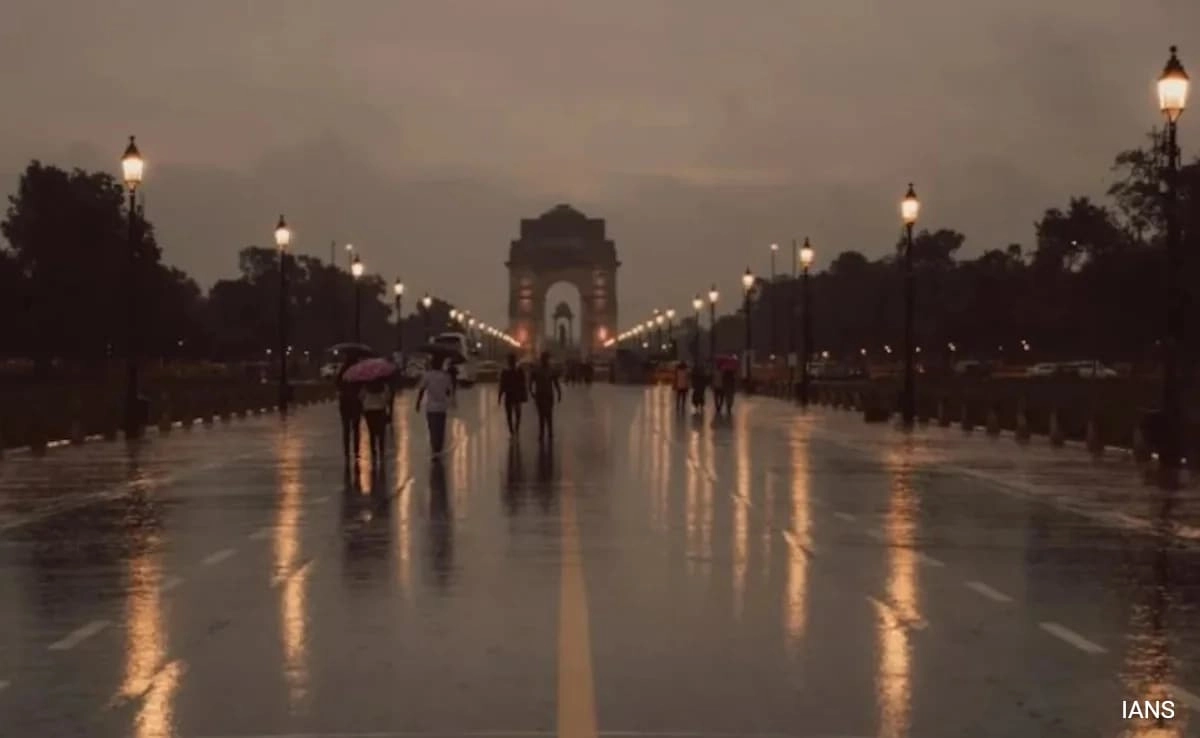The recent rainfall in Delhi has offered a much-needed respite from the relentless heat that has gripped the city. For weeks, residents endured soaring temperatures that often exceeded uncomfortable levels, leading to a surge in demand for cooling solutions and a strain on energy resources. The high mercury levels not only affected daily routines but also posed health risks, particularly for vulnerable populations such as the elderly and those with pre-existing conditions. The arrival of rain is a welcome change, bringing with it a drop in temperature and a refreshing breeze that has lifted the spirits of many.
As the downpours began, the city’s landscape transformed dramatically. Streets that had been parched and dusty were suddenly revitalized, with greenery flourishing in response to the much-needed moisture. The rain also served to clear the air, reducing pollution levels that had been exacerbated by the heat. However, while the showers provided immediate relief, they also highlighted the challenges of urban infrastructure. Many areas experienced waterlogging, revealing the need for better drainage systems to handle such weather events. This duality of relief and challenge serves as a reminder of the ongoing environmental issues facing urban centers like Delhi.
Moreover, the rain sparked a sense of community as people ventured outdoors to enjoy the cooler temperatures. Families gathered in parks, children played in puddles, and vendors reported an uptick in customers seeking hot snacks and tea, a comforting tradition during the monsoon season. The collective experience of rain not only fostered a sense of joy but also brought people together, reinforcing the idea that shared experiences can strengthen community bonds. As the city transitions from the oppressive heat to the refreshing embrace of rain, it is a moment to reflect on the interconnectedness of weather, health, and urban life, and the importance of sustainable practices to adapt to a changing climate.
In conclusion, the recent rains in Delhi have provided a welcome break from the scorching heat, revitalizing the environment and lifting the spirits of its residents. While the immediate benefits are evident, the challenges of urban infrastructure and sustainability remain pressing issues. As the city embraces the monsoon season, it is an opportunity to not only enjoy the refreshing change but also to engage in conversations about resilience and adaptation in the face of climate change.




